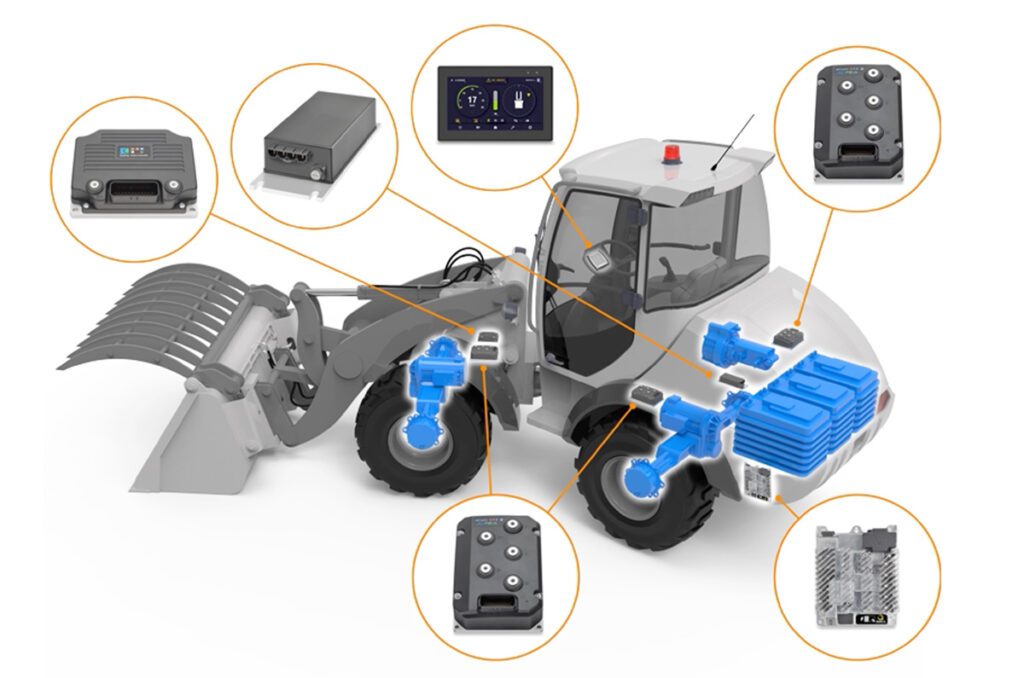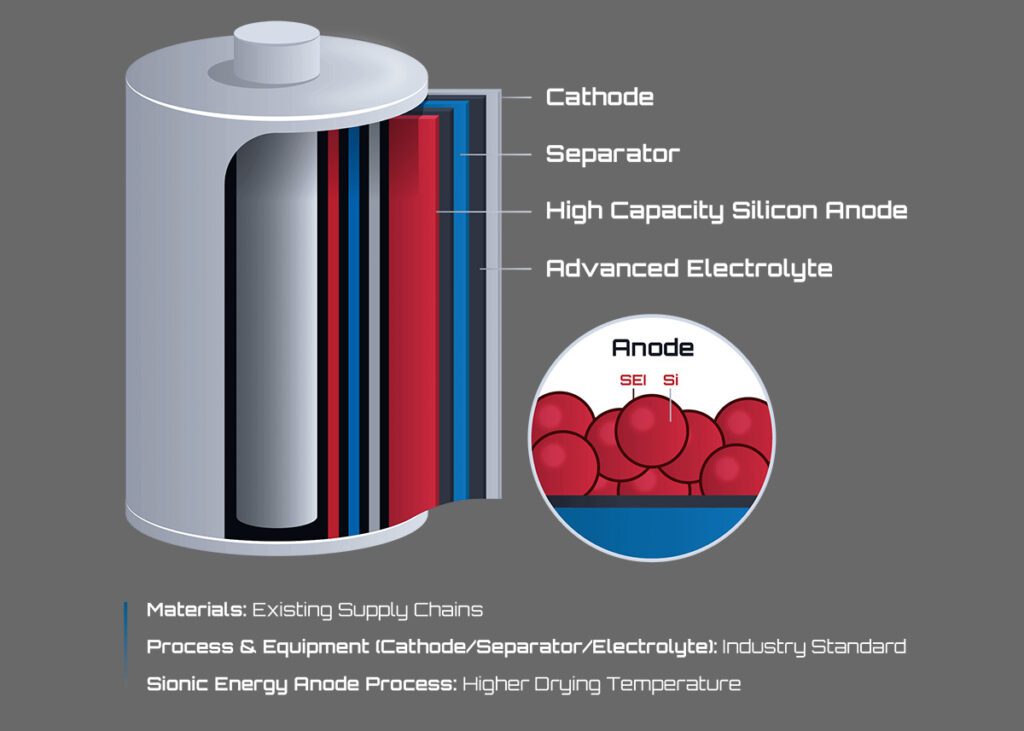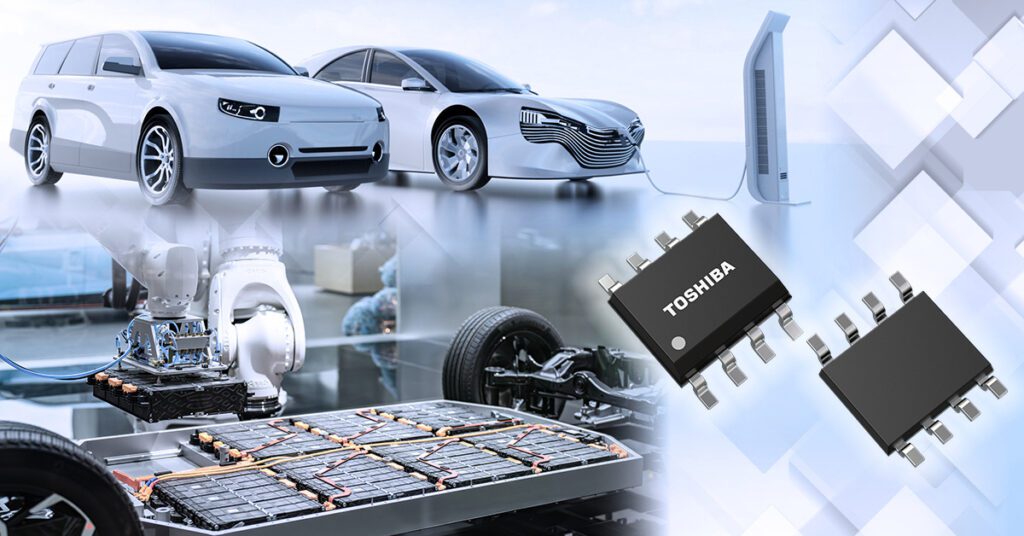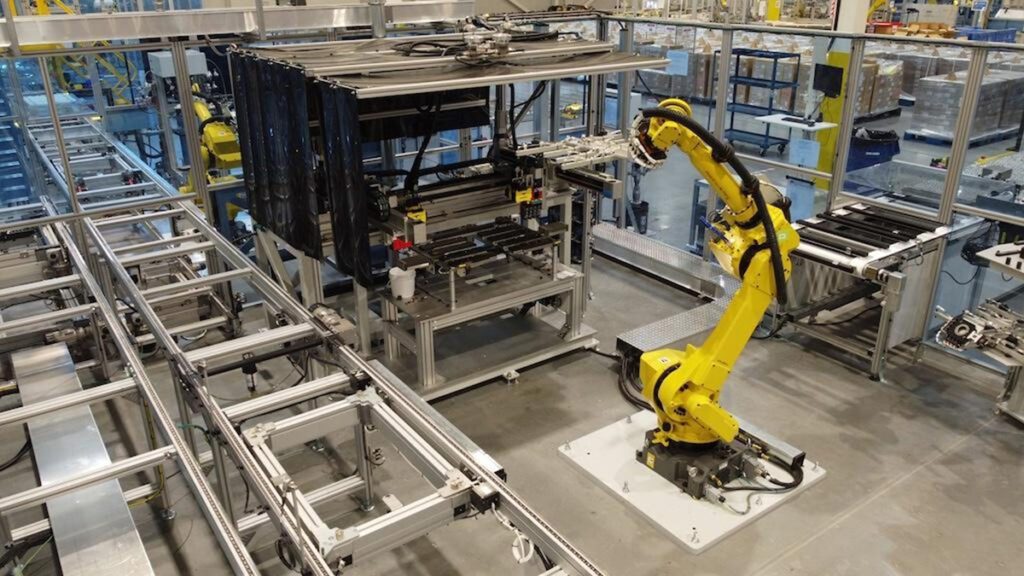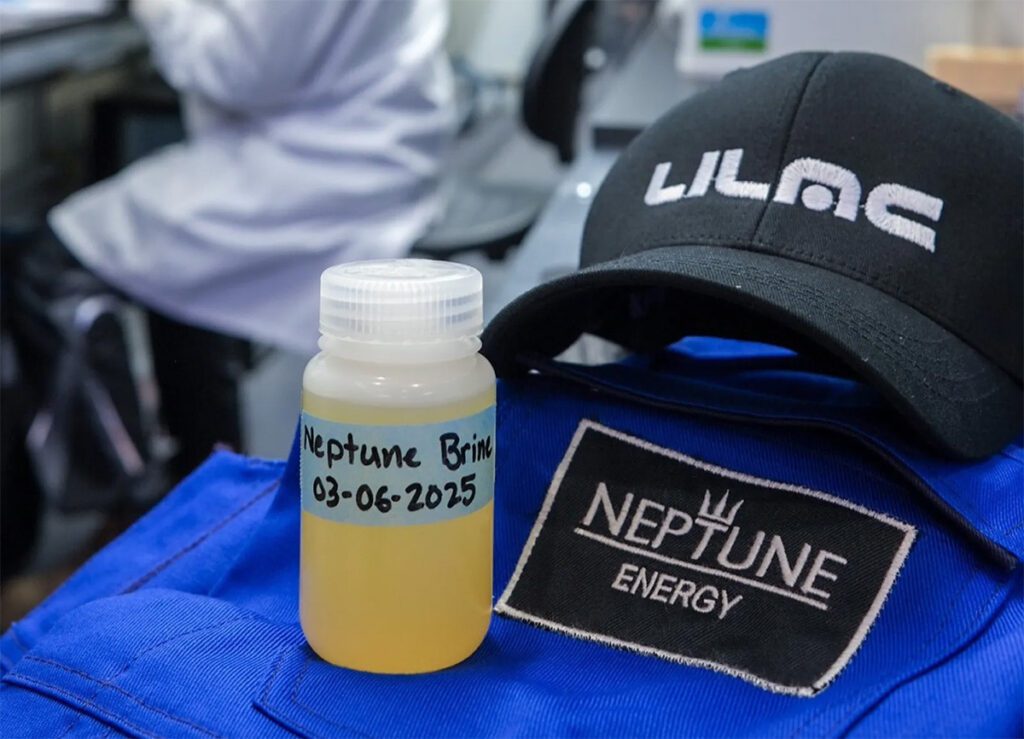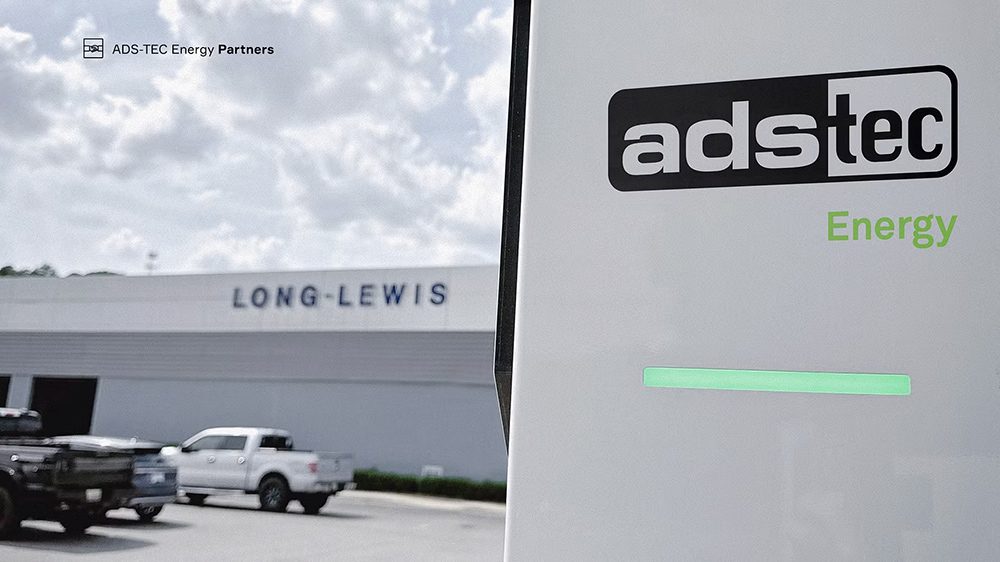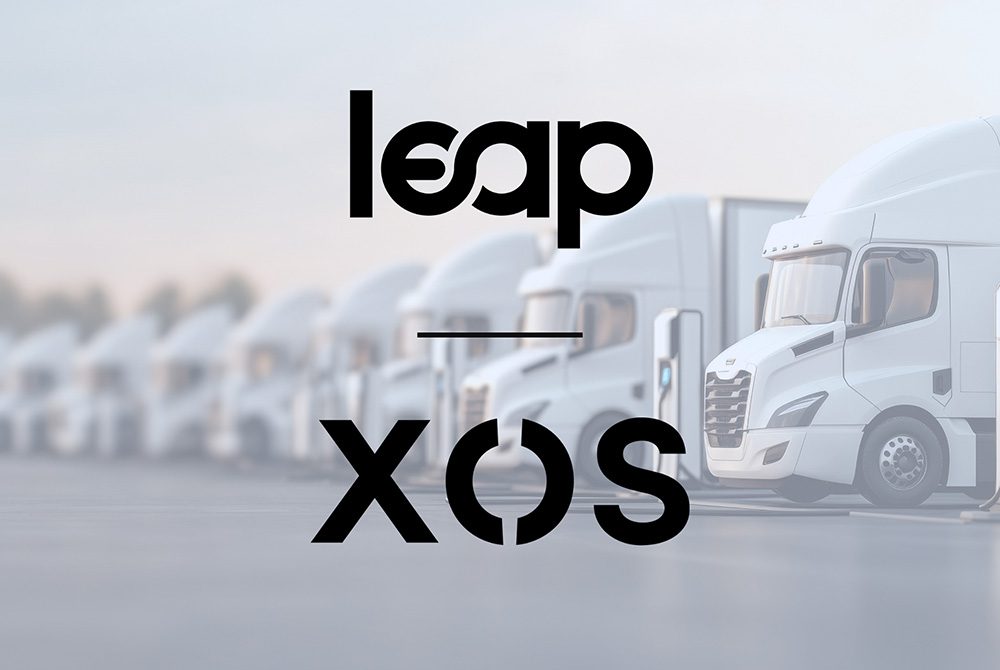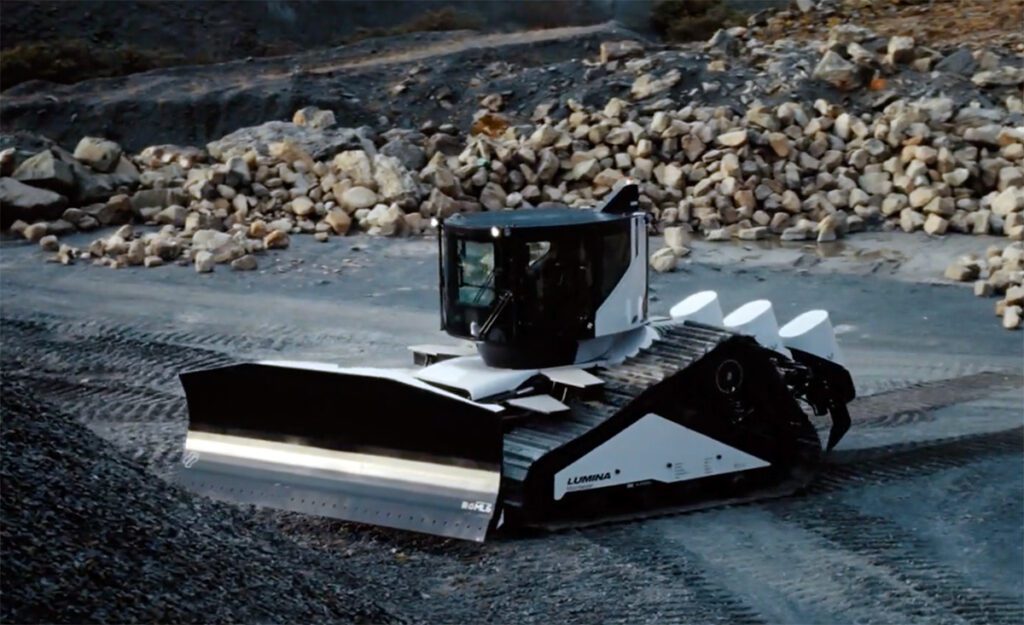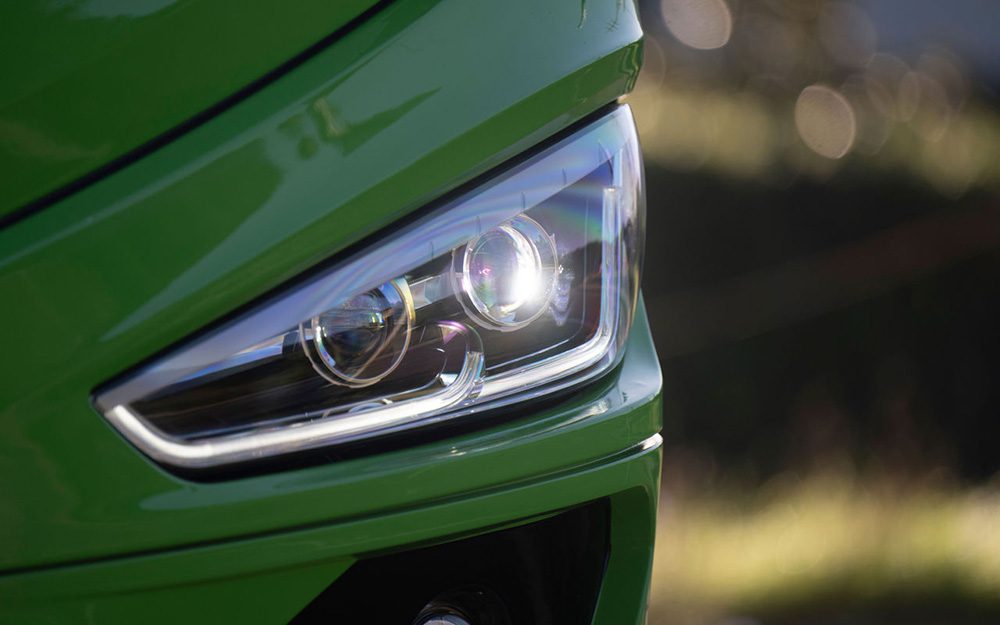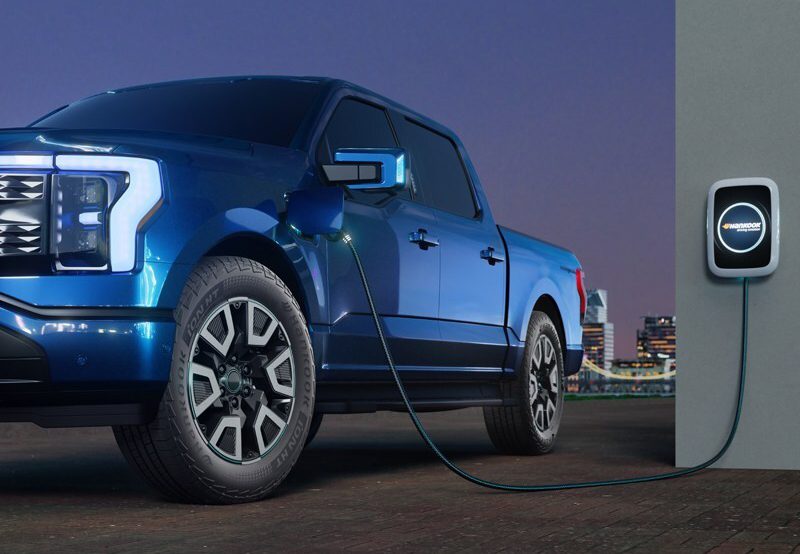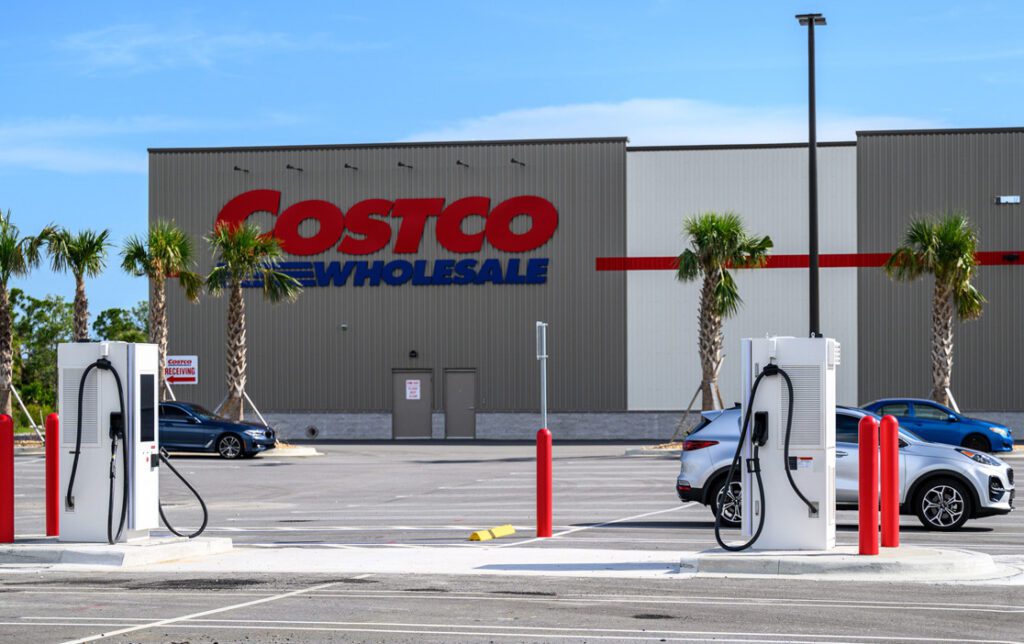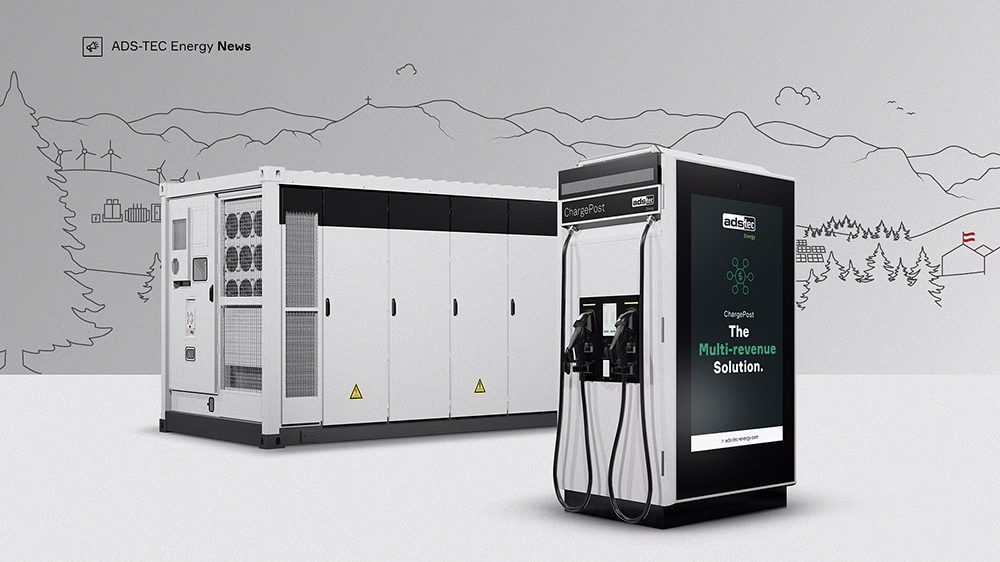It has long been apparent to EV journalists (or to anyone who watches TV or reads magazines) that automakers have little interest in advertising their plug-in models – we’re inundated with car ads every hour of every day, but the clever commercials seldom mention the 30 or so EVs and PHEVs that are theoretically available in the US.
According to Global Equities Research, automakers spent an average of $1,000 on advertising per vehicle sold in the US market in 2015. How much of that was spent to promote plug-ins? Automakers don’t readily release such details, so statistics have been lacking. A recent blog post by Gina Coplon-Newfield, the Director of the Sierra Club’s Electric Vehicles Initiative, adds some much-needed facts and figures to the discussion.
The 2015 data, commissioned by the air quality group Northeast States for Coordinated Air Use Management, is from CompetiTrack and Motor Intelligence, two companies that track auto advertising.
A few tidbits: Ford (whose CEO recently insisted that buyers had little interest in EVs) advertised its gas-powered Focus in about 4,750 TV spots for national audiences, whereas it only advertised its Focus Electric in about 200 instances. Mercedes ran about 1,400 national TV spots for its C-Class gas guzzler, and not a single ad for its B-Class EV.
Nissan and GM did a little better, but ads for their plug-ins are still vastly outnumbered by those for comparable legacy models. Nissan advertised the Sentra in about 3,500 instances to nationwide audiences, and the LEAF in about 1,750. GM advertised the Cruze in just over 700 nationwide spots, and the Volt in about 200.
What little advertising there is tends to focus on California. GM advertised the Volt to Golden State consumers in nearly 800 instances, but in only 10 instances to a Northeast-focused audience.
The few customers who do show up at dealerships interested in EVs often get discouraged or steered toward legacy vehicles. The Sierra Club recruited 174 volunteers to call or visit 308 car dealerships in the 10 ZEV states. They reported that many dealerships had few or no EVs in stock, hid them at the back of the lot, didn’t have trained salespeople, and sometimes couldn’t even provide test drives because they hadn’t bothered to charge the cars.
A recent study by the Union of Concerned Scientists found that the auto industry severely restricts its electrified inventory. While there are 22 plug-in models for sale in California, no other state, including the ZEV states, had more than 14 models available. In 13 states, there were four or fewer plug-in models on offer.
Regulators will soon conclude their mid-term review of the 10-state ZEV regulations. Automakers are already pushing for regulations to be watered down, and they will surely repeat their claims that consumers aren’t interested in EVs. This new data (to say nothing of the tidal wave of reservations for Tesla’s Model 3) should help EV advocates to show how groundless those claims really are.
Source: Sierra Club








































